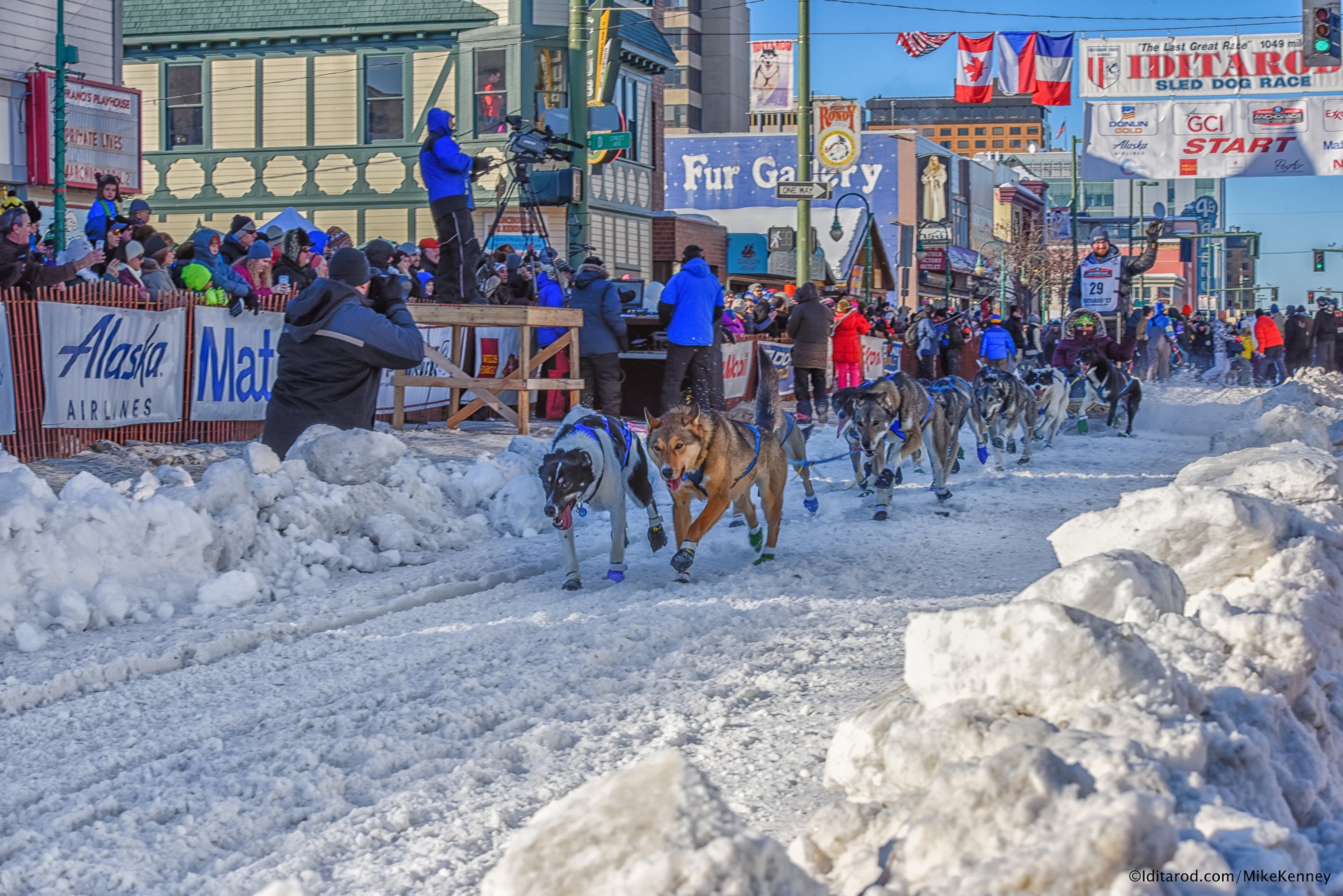Why these 2 mushers brave ice, snow and freezing temps to compete in Alaska’s Iditarod dogsled race
The annual dogsled race takes competitors 1,000 miles across Alaska.
— -- Seventy-two mushers, ages 20 to 63, are racing across the Alaskan wilderness, more than 1,000 miles in total, to win the prestigious 2017 Iditarod Trail International Sled Dog Race.
For some of this year's mushers, completing the race means more than possibly taking home the title.
Cindy Abbott takes part in the grueling event as an affirmation of life after she was diagnosed with a rare and incurable disease.
Like Abbott, Alan Eischens has a bigger goal than finishing in the top ranks: He races to raise awareness for pediatric diseases. "We do this for kids ... For us, it's about the kids," he told ABC News.
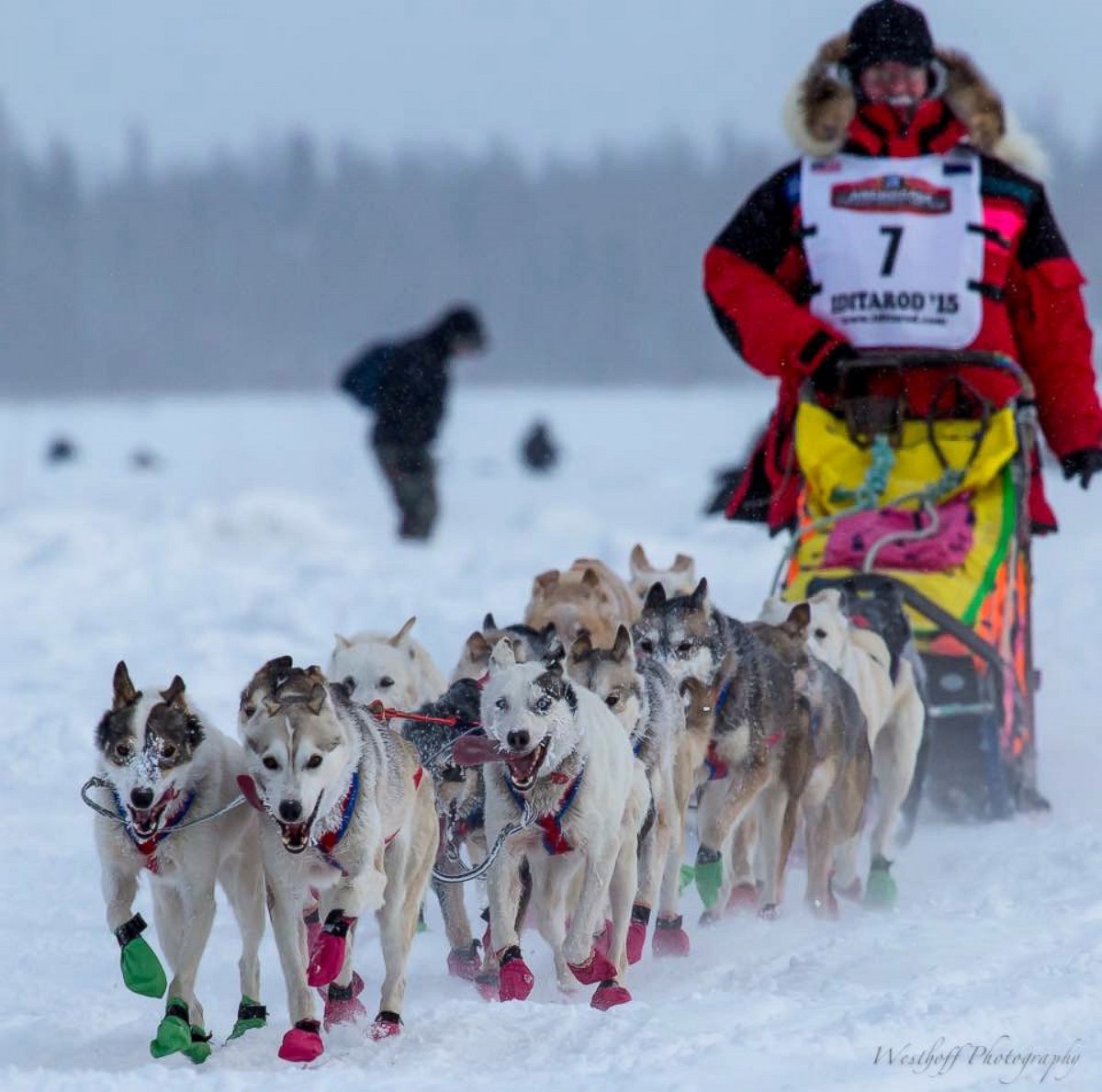
Mushers, or dogsled drivers, train year round for this annual competition, now in its 45th year. Humans and dogs alike are pushed to the limits physically and mentally. Agility, perseverance, stamina and mental fortitude (not to mention the ability to withstand frigid temperatures and dangerous weather conditions) are tested daily.
The Iditarod kicks off every March and draws entrants from countries all over the world, including Norway, England, France, Sweden, Hungary and Canada.
Abbott, 58, decided to uproot her life for dogsled racing. She and her husband, Larry Abbott, moved from Southern California, where they were both college professors, to Wasilla, Alaska, so she could focus on the sport. Cindy Abbott was diagnosed with Wegener's granulomatosis — a rare and incurable disease that causes inflammation of the blood vessels in the nose, sinuses, throat, lungs and kidneys — in 2007. She has become functionally blind in her left eye and takes a cocktail of medications to slow the disease's progression. Her health limitations have not stopped her from accomplishing great things, however. In 2010 she scaled Mount Everest, becoming the 40th American woman to do so.
As Abbott was driving to Anchorage on Friday, less than 24 hours before the race's 11-mile ceremonial start, she told ABC News that she has come a long way since learning how to mush six years ago. This will be her fourth time competing in the Iditarod. Of the 72 mushers this year, she is one of 17 women.
"Every race is a challenge," she said. "It's really hard to run the dogs, to control that power. Each race is a personal accomplishment."
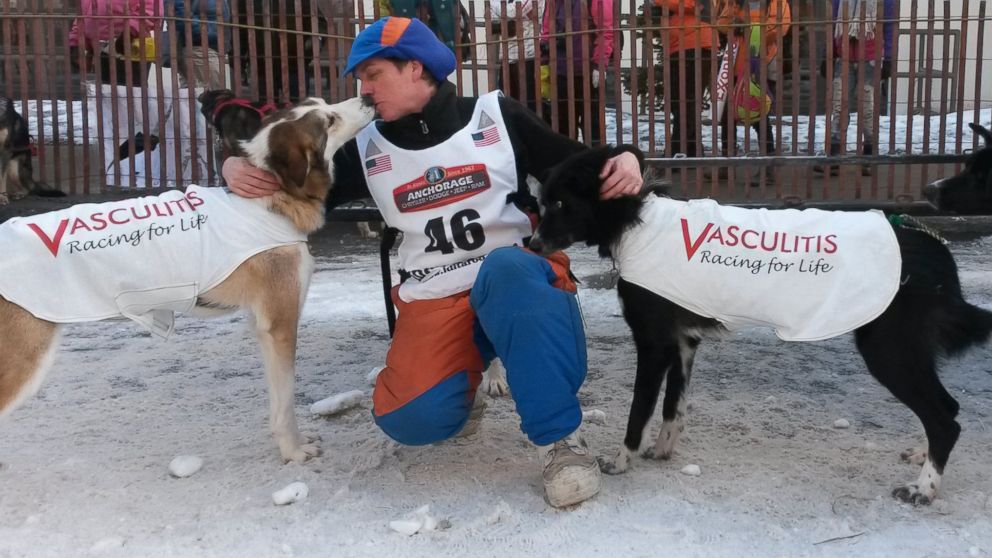
Abbott will take 20 dogs with her to the race, though only 16 can run at a time. If she completes the arduous journey, it will be her second time. She scratched in 2013 and 2014 (to scratch is to withdraw from the race, usually because of an injury or a broken sled) and was the last one to cross the finish line in 2015, with a time of 13 days, 11 hours, 19 minutes and 52 seconds. (Dallas Seavey, a four-time Iditarod champion, holds the record for the fastest time, finishing the 2016 race in eight days, 11 hours, 20 minutes and 16 seconds.)
That year 20 mushers dropped out. The extreme cold may have played a factor: Abbott said one night the temperature was –75 degrees, before taking wind chill into account. All the mushers suffered from frostbite in 2015, she said.
"I don't worry about the finish line. I worry about what's in front of me," she said. "Every race is different because of Mother Nature."
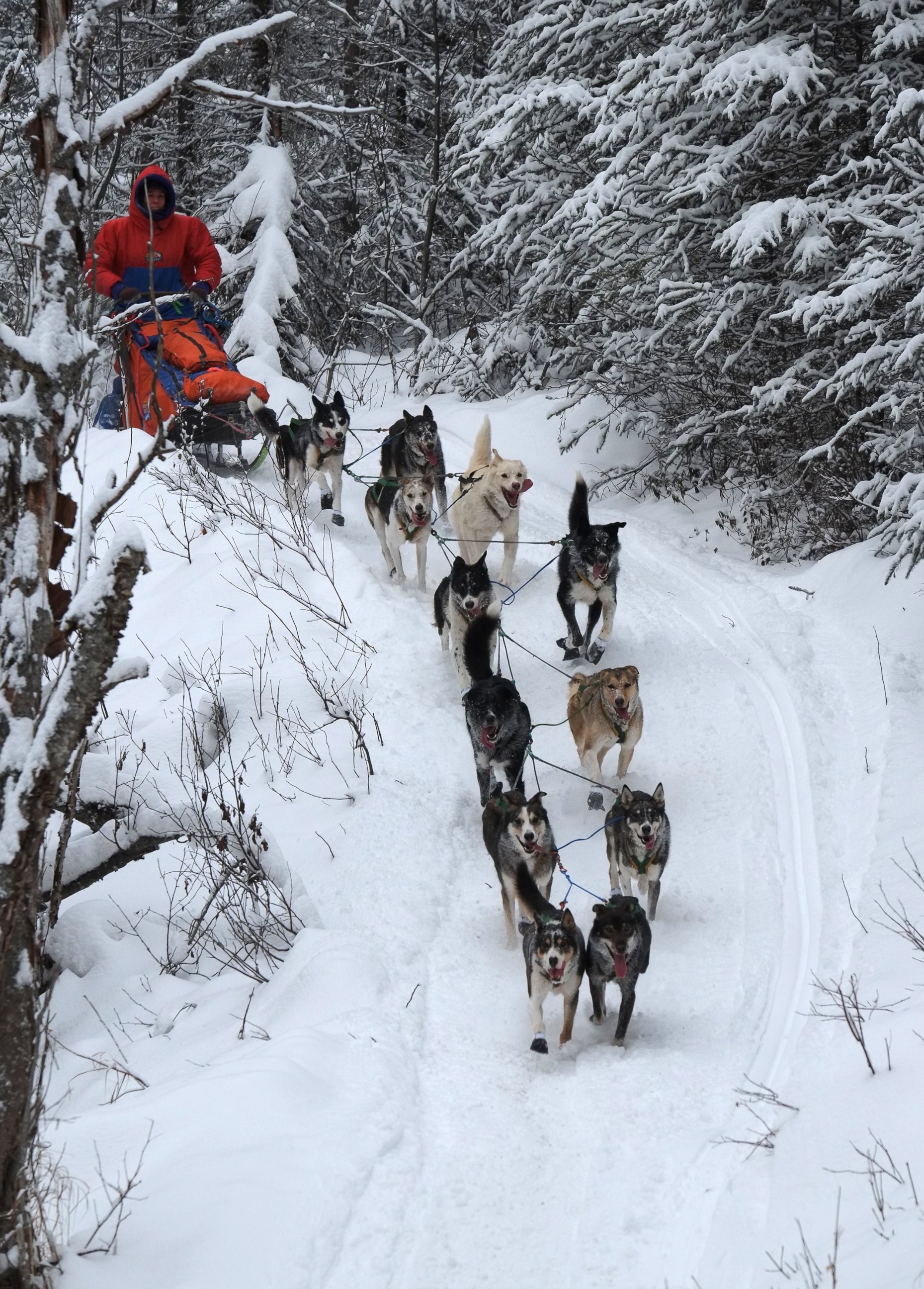
Eischens, 57, was a rookie musher in the 2015 Iditarod. But as a longtime Alaska resident, he was no stranger to the world of mushing; he served as a checker for the Tustumena 200 Sled Dog Race for 15 years. In 2011 he and his wife, Tangala Eischens, opened the Double E Kennel in Wasilla, where he breeds and trains his Alaskan huskies. The kennel has grown to include 46 dogs, and the two smartest — a mother-daughter team named Margarita and Patches — will lead him and 14 other dogs to Nome, the last Iditarod stop.
Eischens trains his dogs in all conditions — soft snow, deep snow, hard trails, in storms — to prepare them and himself for what's ahead.
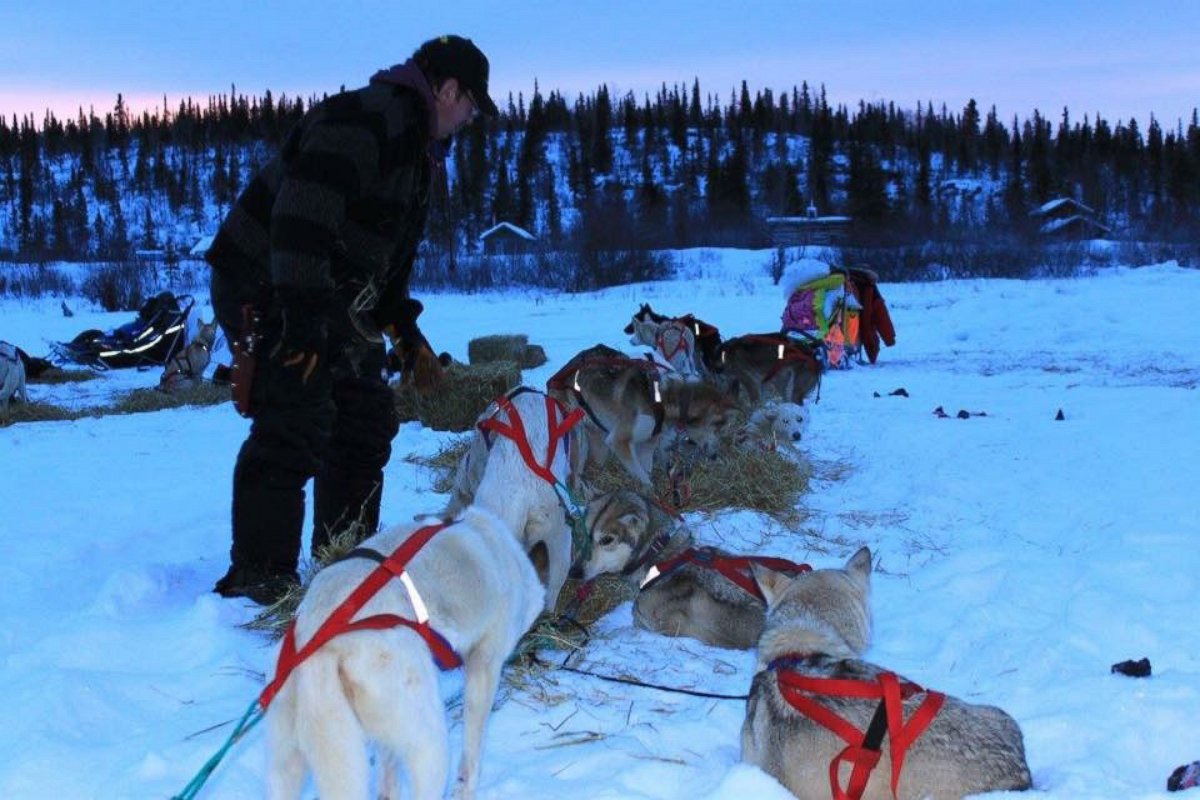
"The weather changes so fast ... You're out in the open, in the elements," he said. "The dogs will shut down if mushers mentally shut down."
All the mushers carry trackers to monitor their movements. Each musher also has an SOS transmitter that can be activated in case disaster strikes. Eischens almost scratched in 2016's Iditarod after his sled shattered.
"A competitor gave me an extra sled, and that's how I finished," he said.
The sweat, toil and struggle to finish Iditarod almost pales in comparison with the cost of competing. Mushers have to pay a $4,000 entrance fee, and total costs can reach upward of $100,000.
"It's horrifically expensive to maintain a kennel ... The cost is staggering," said Abbott.
The cost of a team of dogs — from $500 to $1,000 apiece — is daunting by itself, and the vet bills, the food (Abbott feeds her dogs human-grade meat), the supplies and gear quickly add up. Abbott said she will spend $70,000 to run in this year’s Iditarod — money tapped from her retirement savings. When she was still living in California and flying to Alaska to train, she was spending close to $95,000 a year. Many of the top-ranked mushers have sponsors to help defray the costs, though there are doctors, dentists and morticians who are wealthy enough to mush without financial assistance, she said.
Eischens said he pays for his kennel and race fees in a multitude of ways. He is a vendor at a local Air Force base, works construction during the summer and teams up with Kevin and Sheila Monson, the owners of Backcountry Warriors, a bed and breakfast in Willow, Alaska, to offer dog sledding excursions to tourists.
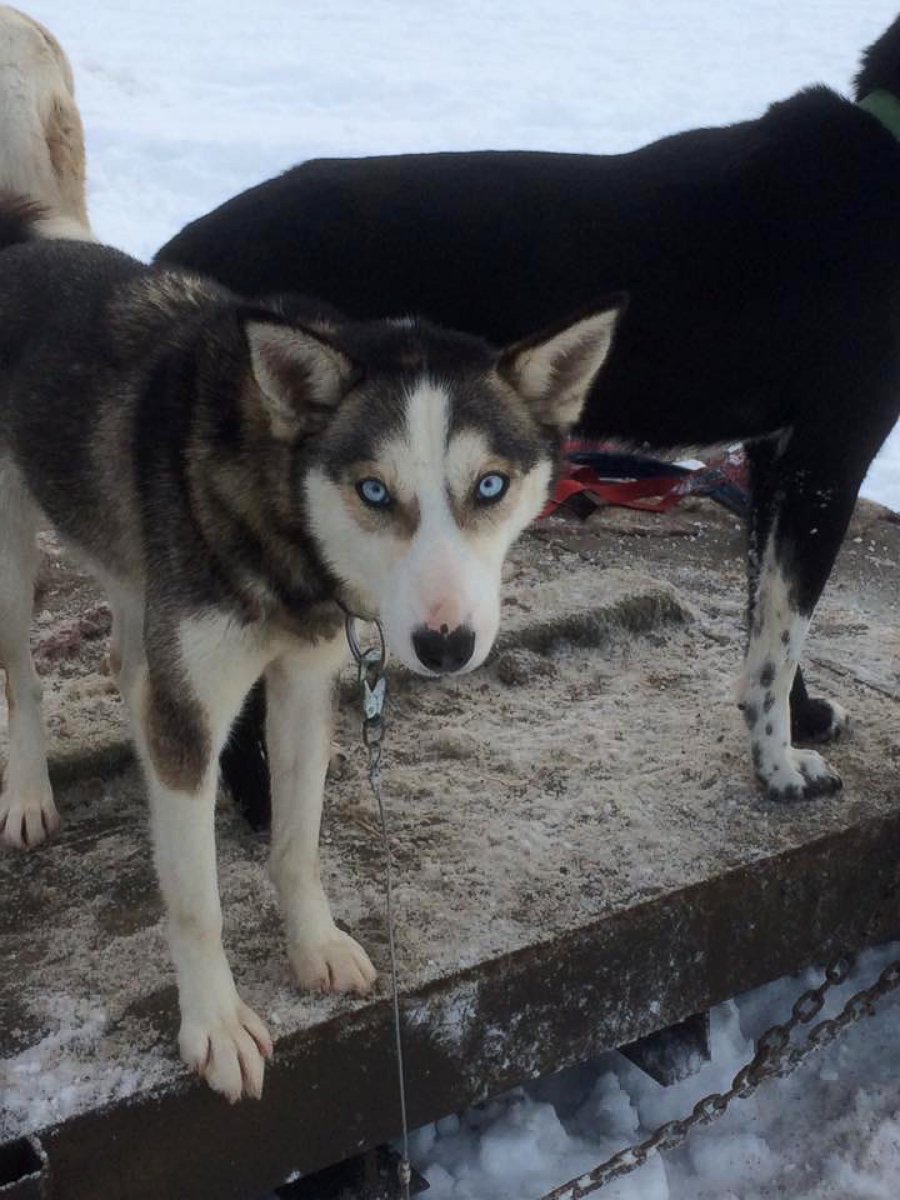
Every musher who completes the race receives prize money. According to the Iditarod Trail Committee, the amount of this year’s top prize is still being determined. Last year's winner, Dallas Seavey, took home $75,000; the total amount awarded for the 2016 race was $793,008. Prize amounts get progressively smaller for the next 29 finishers, and mushers who place 31st or higher receive $1,049 each.
Despite the sky-high costs and required unwavering dedication, Abbott said she will not give up on her dogs.
"There are no days off, no time off. It's a year-round thing," she said. "I love the wilderness, and the dogs are my babies."
Eischens said, "People watch out for each other out there. We work together as a team. It's camaraderie."
